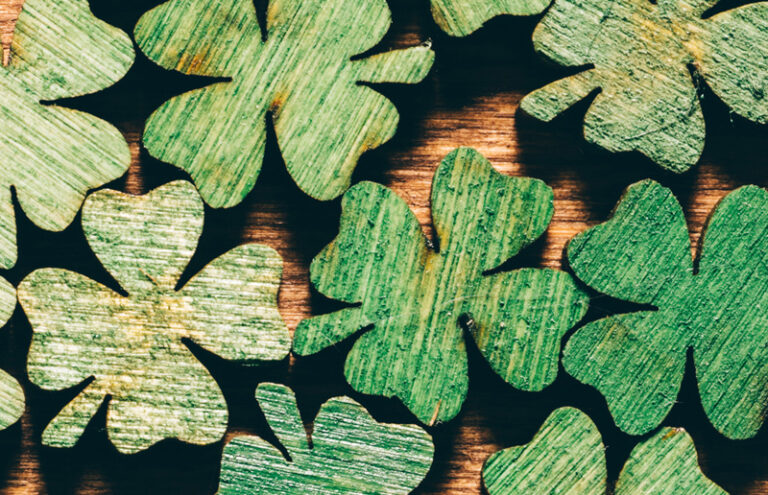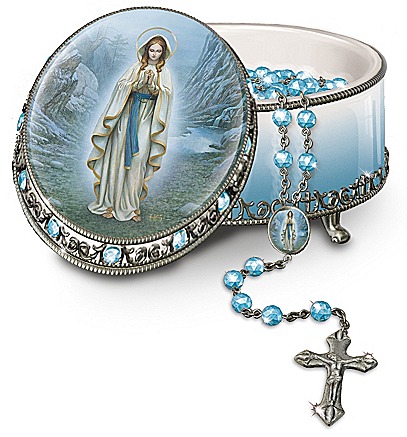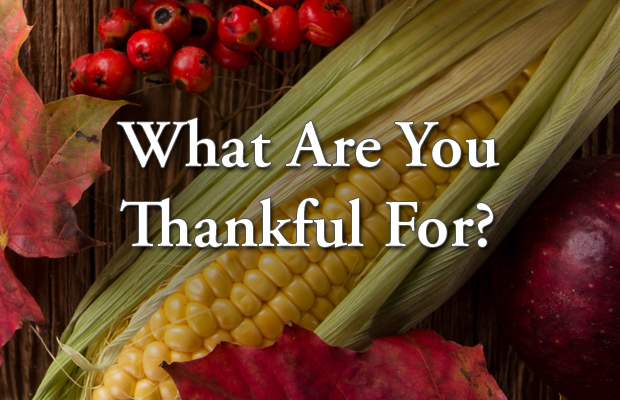With St. Patrick’s Day approaching, it’s time to brush up on your Irish history and culture. Whether you’re one of the millions of Americans with Irish heritage or just Irish-for-a-Day on March 17, everyone is invited to revel in the festivities of St. Patrick’s Day. But before you grab a pint of green beer and fill your plate with cabbage and corned beef, here are a few things to know — and share with your friends — about St. Patrick’s Day:
1. St. Patrick himself was not Irish. He was born to Roman parents in Scotland or Wales in the late 4th century.
2. The patron saint of Ireland was not originally called Patrick. His birth name was actually Maewyn Succat – he changed his name to Patricius after becoming a priest.
3. Contrary to legend, St. Patrick didn’t banish all the snakes from Ireland. In fact, it’s likely that there have never been snakes in Ireland, which has been surrounded by water since the Ice Ages. Before that, it was covered in ice – not an ideal climate for cold-blooded reptiles like snakes! The snakes are now thought to be symbolic of pagan practices and beliefs, and the story a metaphor for the triumph of Christianity in Ireland.
4. The shamrock was a sacred plant in ancient Ireland, symbolizing the rebirth of spring. It wasn’t until the 17th century, as England began to seize Irish land, that the shamrock started being used as a symbol of Irish pride.
5. The shamrock also has religious significance. According to lore, St. Patrick used the three-leafed clover to explain the concept of the Holy Trinity: the Father, the Son and the Holy Spirit.
6. The original Irish name for Leprechaun is “lobaircin,” which means “small-bodied fellow.”
7. According to Celtic folklore, leprechauns were cranky, mischievous sprites who earned their gold by mending the shoes of other fairies. They were known for their trickery, which they often employed to protect their fabled treasure.
8. Erin Go Bragh comes from the Irish phrase of allegiance to Ireland: “Eirinn go Brach,” which is most often translated as “Ireland Forever.”
9. Irish Soda Bread is so-called because baking soda, not yeast, is used as the leavening agent. Since bicarbonate soda wasn’t available in Ireland until the mid 1800s, it’s a relatively recent Irish tradition – but undeniably tasty!
10. Corned beef isn’t exactly an Irish tradition. It was made popular around the turn of the century by Irish immigrants living on the Lower East Side of New York. They purchased the salt-cured beef from their Jewish neighbors as a more affordable alternative to traditional Irish bacon.
11. The “corn” in corned beef comes from the large grains, or “corns” of salt that are used to cure the beef.
12. According to the 2015 Census, Irish is the second most frequently reported ancestry in the United States. That’s 32.7 million Irish Americans — more than 7 times the entire population of Ireland!
13. The first St. Patrick’s Day parade on record was held not in Ireland, but New York City. In 1762, Irish soldiers serving in the British military celebrated the feast day of Ireland’s patron saint by marching through the streets of New York.
14. New York City is now home to the largest St. Patrick’s Day parade in America, featuring up to 250,000 marchers, including a number of marching bands, bagpipes and more. But you won’t see any floats or automobiles – they’re not allowed in the parade!
15. The city of Chicago celebrates St. Paddy’s Day with a unique spectacle of its very own, known as the Dyeing of the River. Every year, more than 40 tons of green vegetable dye are dumped into the Chicago River. Hundreds of thousands of revelers come out to see the river run green and the parade that follows.
16. St. Patrick’s Day was originally a dry holiday in Ireland. For most of the 20th century, March 17 was considered a strictly religious occasion, and all the nation’s bars and pubs were ordered closed for the day. The laws were changed in 1970s, and revelers now happily imbibe as part of the festivities.
17. St. Patrick’s color was a light blue, not green. The tradition of wearing green probably arose during the time of the 1798 Irish Independence Movement, when Irish supporters wore the color to symbolize their national pride. Today, the “wearing of the green” continues to be a popular St. Patrick’s Day tradition among Irish Americans and non-Irish Americans alike!
Speaking of wearing green, if you’re looking for unique ways to don your Irish pride, you’re in luck! We have a treasure trove of Irish collectibles and fine jewelry inspired by the beauty of the Emerald Isle — and you won’t need to outsmart any leprechauns to make them yours!
Thanks for reading! I hope you enjoyed learning a little bit about the history and culture of St. Patrick’s Day. I’d love to hear about your favorite traditions — share yours in the comments, or try to scoop me with an interesting fact I didn’t mention!
Know someone who might enjoy this article? Share it!
17 Things You Didn't Know About St. Patrick's Day by Ann Kelley












1 comments On 17 Things You Didn’t Know About St. Patrick’s Day
Very informative post.